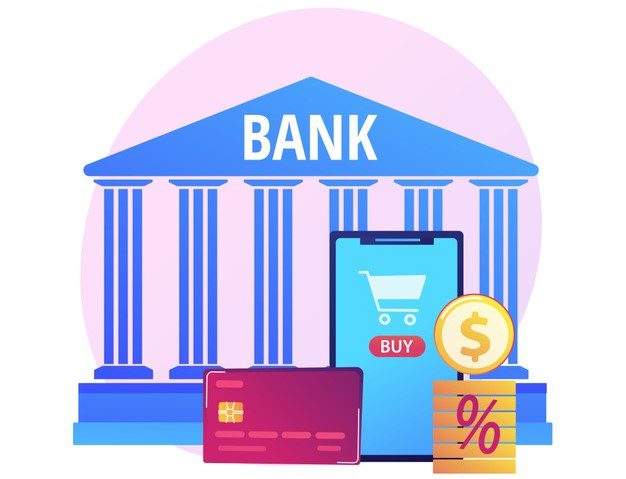The United States boasts the largest economy in the world. Even so, millions of households remain unbanked, meaning no one in the household has a checking or savings account at a financial institution.
According to the Federal Deposit Insurance Corporation’s (FDIC’s) most recent report, 7.1 million households (5.4%) in the United States fit the definition of unbanked. The same holds true for 14 million individuals, or 5.5% of the adult population.
While these numbers are staggering, they actually reflect a downward trend in the number of unbanked households and individuals in the U.S. In fact, they represent the lowest level of individuals and households without a checking or savings account since the FDIC initiated its unbanked study over a decade ago.
Unfortunately, however, COVID-19 impeded some of this progress. Nearly every aspect of the payments industry was impacted by the pandemic, and the state of the unbanked and underbanked market is no exception. The FDIC predicts that due to the negative economic impacts of COVID-19, including skyrocketing unemployment rates, the unbanked population is likely to increase.
The federal government struggled to get stimulus funds into the pockets of the nation’s unbanked during the pandemic. In a recent PaymentsJournal article, Mercator Advisory Group Director of Debit and Alternative Products Advisory Service, Sarah Grotta, discussed this issue.
“Much has been written in the popular media about how difficult it has been to distribute stimulus funds to all eligible recipients quickly. There are two central reasons for this: a) individuals do not trust the federal government with their checking account credentials that could facilitate a fast and safe direct deposit of funds, and b) they don’t have an account,” she wrote.
Reaching the unbanked can be a challenge, and although the number of unbanked households is trending downward, COVID-19 has served as a new barrier in reducing these numbers further.
The good news is that there are still opportunities for banks, credit unions, and fintechs to help fill the gap by offering services to this population. In fact, there are already instances of this happening both nationally and globally.
“Already a leader in the India based e-commerce market, Paytm is providing its merchants value by modernizing their QR Code solution, originally deployed to accept payments from the second largest unbanked population in the world,” wrote David Nelyubin, Senior Research Analyst of Emerging Technologies Advisory Service and Worldwide Payments Model at Mercator Advisory Group, in another PaymentsJournal article.
To successfully serve the unbanked population, it is important for financial services organizations to have a deep understanding this market and recognize why many households are choosing to remain unbanked.
In a new report from Mercator Advisory Group, “The U.S. Unbanked Issue Is Improving: Are You Part of the Solution?,” Mercator’s Sarah Grotta takes a look at the size of the unbanked market in the United States, the role fintechs play in closing the service gap for that market, and potential solutions to bank the currently unbanked.
